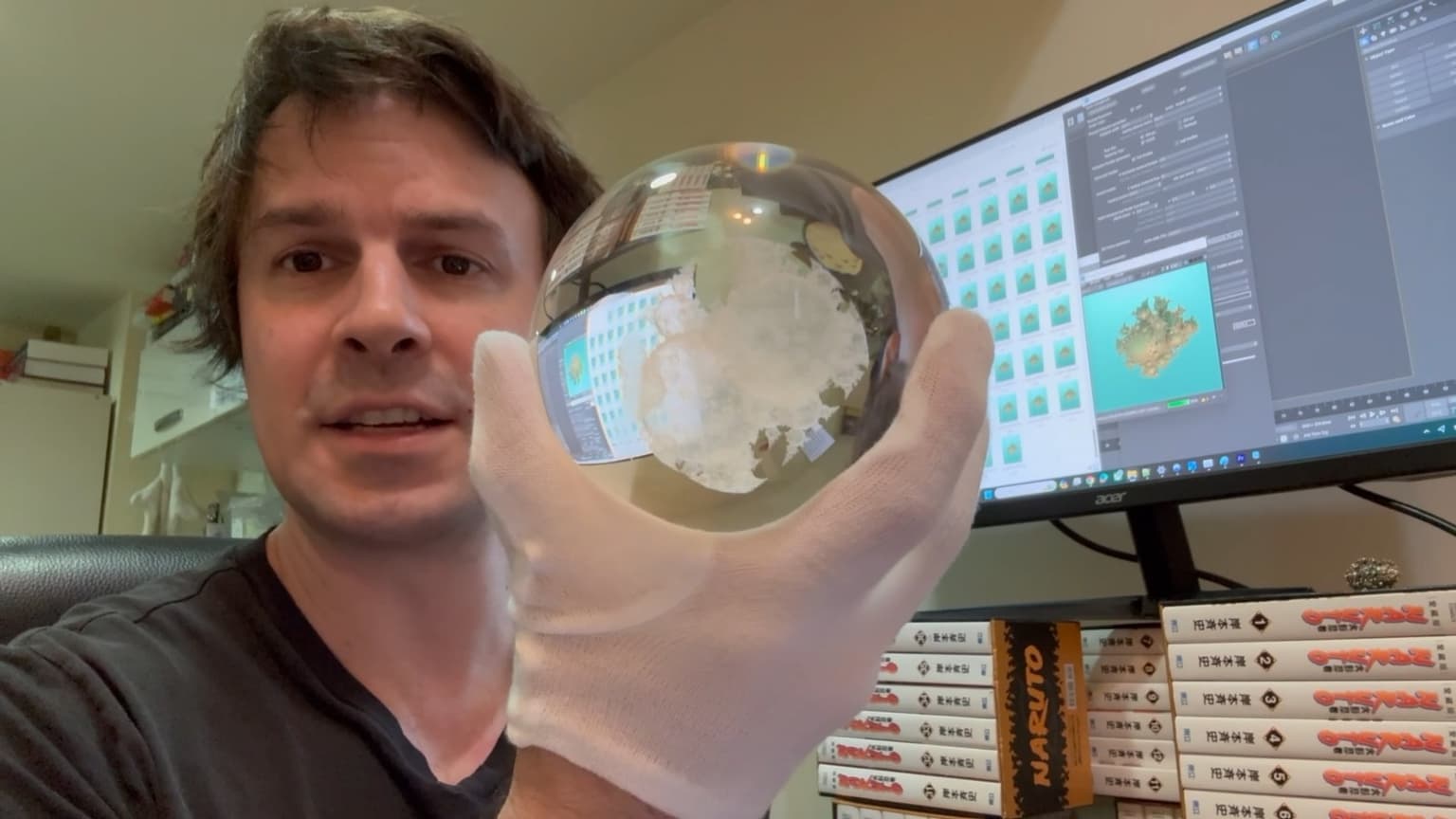2024 Bridges Conference Short Film Festival
Laird Robert Hocking
Filmmakers
Laird Robert Hocking
Mathematician and Artist
Taiwan
Statement
As a kid, I grew up exploring coastal British Columbia, sometimes bringing home treasure that I found. I would sometimes feel an intense need to find out, for example, what the view is like from a lighthouse in the distance. Similarly, as an adult I find myself intensely curious about, for example, "What would it look like to watch a black hole form in my living room?". In both cases, an answer exists - I just have to go out and find it (either by scrambling over boulders to get to the lighthouse, or by doing the math / writing the code). In this spirit, I see mathematical art less as a creative process and more one of exploration and discovery. Just like when I was a kid, I rarely find anything interesting. However, I occasionally stumble up a treasure which I want to take home (with a 3D printer, or perhaps just a raytracer, depending on the context).
